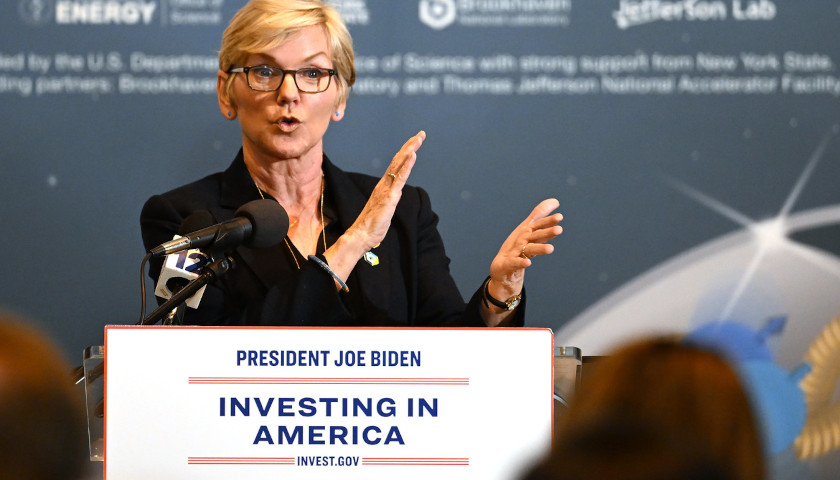by J.D. Davidson
If a push to increase Ohio’s minimum wage fails to make the November ballot, there’s a backup plan in the state Senate.
That plan, though, moves increases more slowly and eventually keeps the tipped wage at half of the non-tipped wage. If the proposed constitutional amendment reaches the ballot and is passed, the tipped- and non-tipped wage would eventually become equal.
Sen. Louis Blessing III, R-Colerain Township, recently introduced legislation that would gradually increase the minimum wage before reaching $15 per hour by 2028. It would grow the non-tipped wage to half that.
“I fully understand what reformers are trying to do and why they’re trying to do it: Real wages have fallen significantly due to inflation, particularly asset inflation in the real estate world, as housing costs are easily the highest costs to low- and middle-income families,” Blessing (pictured above) told the House Ways and Means Committee.
The ballot initiative currently pushing to get on the November ballot would grow the non-tipped minimum wage to $15 by 2026 and make the tipped wage equal to the non-tipped wage by 2029.
Senate Bill 256 would increase both the traditional and tip wage over the next four years, beginning in 2025. Currently, the basic minimum wage is $10.45 per hour and increases annually based on the consumer price index.
It jumped Jan. 1 to $10.45 for nontipped employees and to $5.25 an hour for tipped employees for businesses with annual gross receipts of more than $385,000. That increase was expected to benefit nearly 400,000 Ohio workers.
A year ago, the minimum wage was $10.10 for nontipped and $5.05 for tipped.
Blessing’s plan would move the wage to $12 in 2025, $13 in 2026, 14 in 2027 and $15 in 2028.
In 2029, wage adjustments would be tied to the Consumer Price Index.
Blessing’s bill would also modify the state’s earned income tax credit for lower-income taxpayers and offer a refundable credit option.
That’s not good enough for some supporters of the proposed constitutional amendment, who say the amendment would benefit more Ohioans and provide constitutional protection.
“Ohio’s minimum wage deserves constitutional protection, said Shields. “Without it, the same state legislators who tried to move the bar on passing a citizens’ initiative last summer would have the power to block or slow the phase-in to $15 or take other measures to favor the business lobby over protecting working Ohioans,” Policy Matters Ohio economist Michael Shields said. “Half a million Ohioans work for less than $15 per hour, with another half million making slightly above.
“These workers need a raise now. Not only would SB 256 take an extra two years to reach workers; it would be worth about 60 cents less under target inflation rates of 2% or a full dollar less if current inflation rates persist — and it would never catch up.”
A year after language was approved for a constitutional amendment to raise the minimum wage in Ohio, organizers are still collecting signatures to get the issue on the ballot.
A coalition, Raise the Wage Ohio, received approval for the proposed amendment nearly a year ago from the Ohio Ballot Board and has been collecting signatures since.
The group has until July 23 to gather the required 442,958 signatures.
The proposed amendment would raise the minimum wage starting Jan. 1. It would then increase for the following three years until it reaches $15 an hour Jan. 1, 2028. Minimum wage increases after that would be tied to inflation rates based on the consumer price index.
More than a year ago, the Ohio Chamber of Commerce said it opposed a constitutional amendment to raise the minimum wage.
“The Ohio Chamber of Commerce believes that free-market forces result in appropriate wages for workers. Ohio already has a minimum wage which is indexed for inflation. The results of this ballot initiative will be more automation, less jobs and picking winners and losers; it punishes some of the very people it purports to help,” Chamber CEO Steve Stivers said.
– – –
An Ohio native, J.D. Davidson is a veteran journalist with more than 30 years of experience in newspapers in Ohio, Georgia, Alabama and Texas. He has served as a reporter, editor, managing editor and publisher. Davidson is a regional editor for The Center Square.








